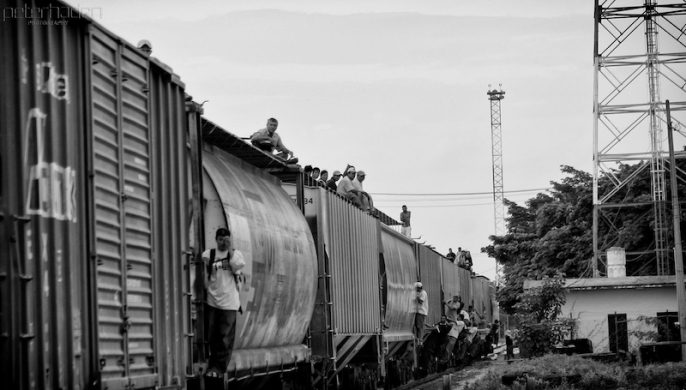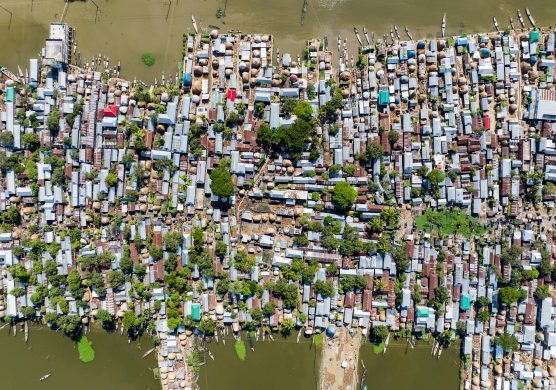The data collected by Missing Migrants Project indicate that the number of people who go missing or die in the process of migration has increased significantly since 2014, especially in the Mediterranean region. The increase can partly be attributed to improving data collection.
However, it also speaks to the level of risk associated with attempting to migrate by irregular means across international borders in 2016, as well as the desperation that motivates people to take these migration journeys.
More take the dangerous journey on the Mediterranean
Dr. Laczko explained this dramatic change can be attributed to a higher number of recorded migrant fatalities in the Mediterranean Sea, North Africa, the Middle East and the Horn of Africa.
As in 2015, the majority of people who died or went missing in the Mediterranean Sea in the first six months of 2016 were lost in the Central Mediterranean. In the first half of 2016, 1 in 29 migrants died attempting the Central Mediterranean crossing, compared with 1 in 410 on the eastern route.
Crossing from North Africa to Italy via the Central Mediterranean is a journey of several hundred kilometres, compared to the dozen or so required to travel the eastern or western routes.
Additionally, boats used in the Central Mediterranean are significantly larger than those used on the eastern route.
Migration through Central America, which extends from Panama through Mexico, has led to 44 recorded deaths by various means in the first six months of 2016, and it is likely that more go uncounted. Once migrants reach the border with the United States, they must cross dangerous natural terrain, which has led to at least 161 deaths in the first half of 2016.
However, since the implementation of the Mexican Programa Frontera Sur in July 2014, Missing Migrants Project data indicate that train-related deaths in this region have declined. So far in 2016, 36 per cent of the migrant deaths recorded in Central America were caused by migrants being hit by or having fallen off a train, as opposed to the same period in 2015, when 49 per cent of the recorded deaths were train-related.
Significant gaps in knowledge
Nevertheless, because of the shift to more clandestine means of travel through Central America, such as by foot or hidden in vehicles, when death does occur during migration, there is a higher chance that migrants will not be found immediately, if at all.
The challenges involved in the collection of data and the identification of those who die during migration are also examined in the data briefing. There are significant gaps in knowledge on the location and context of migrant deaths globally, and the numbers recorded by Missing Migrants Project are considered to be vastly underestimated. Nevertheless, even if the numbers are an informed estimate, what before was vague and ill-defined is now a quantified tragedy that must be addressed.














